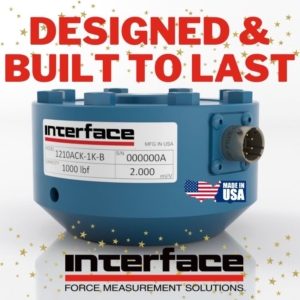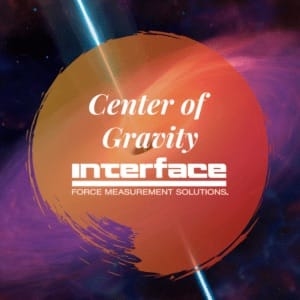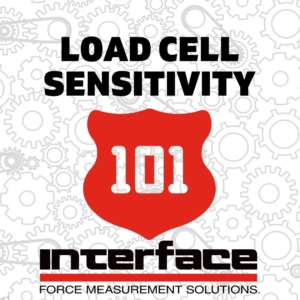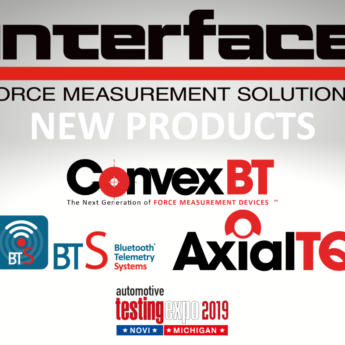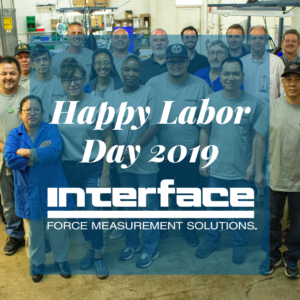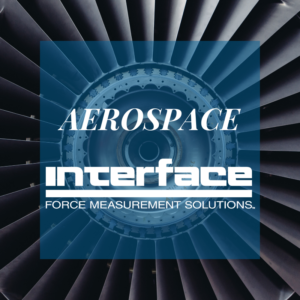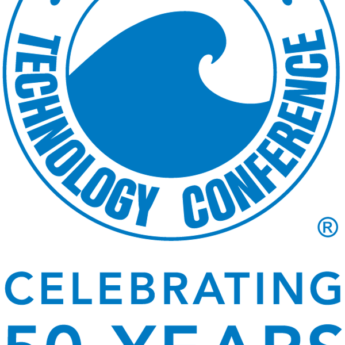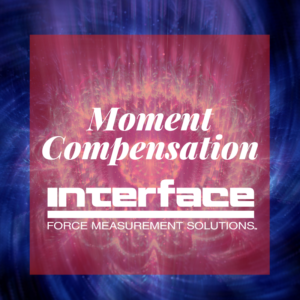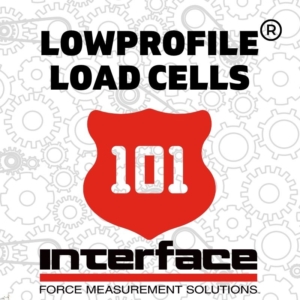
IQ Blog
LowProfile Load Cells 101
The first low profile load cell from Interface was introduced in 1969. The LowProfile is a standard in the force measurement industry. The LowProfile design resembles two shear beam cells end-to-end, exhibiting the stability of a doubled-ended shear beam and augmented by the fact that the circular design is equivalent to four double-ended cells. Thus, it provides stability in eight directions at the center point.
